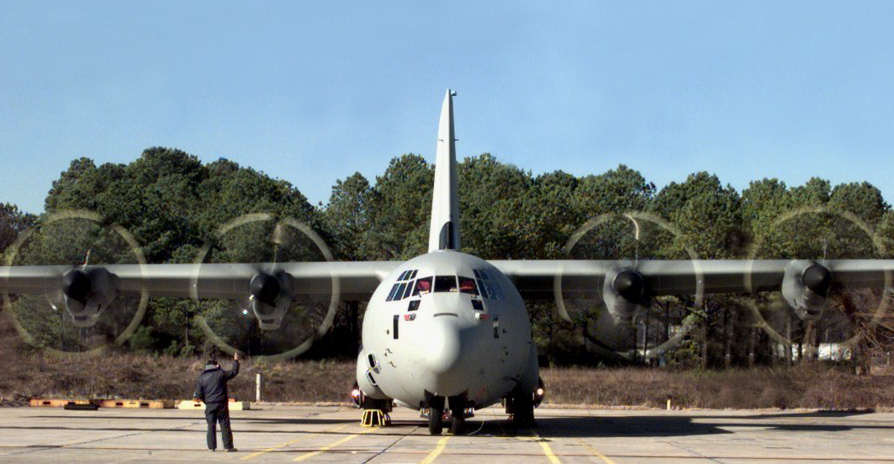|
Radschool Association Magazine - Vol 26 Page 8 |
|
Privacy Policy | Editorial Policy | Join the Association | List of Members | Contact us | Index | Print this page |
|
|
|
2008 - The C130’s Golden Anniversary.
The first of the RAAF’s 12 C-130A’s, A97-205, arrived at Richmond in Dec 1958 when it was delivered to 36 Sqn, the same year this model Holden was in the new car showrooms and by March 1959, the 12th A model, A97-216, was on the line. In 1966, the RAAF acquired 12 C-130E models, which were delivered to 37 Sqn, again at Richmond, then, in 1978, the old A models of 36 Sqn were replaced with 12 H models and in 1999, 37 Sqn began to replace their E models with the latest version, the C-130J.
Australia was the first country outside of the US to operate the Hercules and the aircraft is now flown by the Air Forces of more than 60 nations.
The Hercules, initially designed to specifications laid down by the USAF Tactical Air Command, first flew as the YC-130 in August 1954. Conceptual studies for the aircraft were initiated in 1951 and the first prototype flight took place in 1954 followed by the first production flight on April 7, 1955.
The USAF ordered a total of 219 aircraft and the C-130A joined the U.S. Air Force inventory in December 1956. Initially it was built without a weather radar, but that was quickly added.
While the C-130 has undergone many modifications during the past 50 years, its fuselage shape has largely remained unchanged – a fitting testament to the design team at Lockheed all those years ago.
Remember, it was designed when THIS model Holden was in the new car showrooms.
In fact, The C-130 has had the longest continuous production run of any military aircraft in history. Since its first flight in 1954, more than 2,400 have been built at the Lockheed-Martin factory in Marietta, Georgia, in the world's longest, continuous military aircraft production line. It was named after the mythical Greek hero known for his great strength and over the years has lived up to its name, proving one of the most successful aircraft designs of all time.
The ABC’s 7-30 report says “The C-130 Hercules jet fighter is often called the backbone of the Royal Australian Air Force. This month it passes a unique milestone, 50 years of service”. We know they are a very resourceful aircraft, but a JET FIGHTER???? And in the same article the ABC goes on to mention the “Karibu” ????
|
|
The world is a very dangerous place! Only yesterday I went into Myer and punched someone in the face.
|
|
Capable of short takeoffs and landings from unpaved runways, the go-anywhere Hercules was originally designed for troop and cargo transport. But its versatile airframe has been adapted for use in a multitude of roles, including as a gunship, aerial refuelling tanker, drone carrier, aerial ambulance, fire bomber and crop duster; for photographic survey and reconnaissance, search and rescue, electronic warfare and weather reconnaissance; and as a commercial freighter and civilian airliner.
|
|
FSgt Rick Cairns (F/E) [left] and W/Off Bob Pearman (Loady) at the “end of an era” ceremony at Richmond, November, 2000 when the E model was replaced with the J.
|
|
The Hercules has recovered space capsules and worn skis in Antarctica, and dropped massive bunker-busting bombs in Vietnam and Iraq. It is also the biggest aircraft to operate from an aircraft carrier.
It has been the backbone of many of the Australian Defence Force's most important operations in the past 50 years. It has provided combat airlift capability, including tactical transport of troops and cargo, as well as special-forces insertion, parachuting and air drops. In recent years the RAAF’s Hercs have seen more active duty than any other RAAF aircraft.
The introduction of the Hercules in 1958 boosted the RAAF’s airlift capacity. In the immediate post-war years, the RAAF had relied on the Douglas C-47 Dakota, the military version of the twin-engine DC-3, to fill most of its transport needs.
With the arrival of the Hercs, the
Canberra based No 36 Squadron relinquished its World War II era Dakotas
In 1966, 37 Sqn took delivery of its 12 C-130E models to supplement the A models and service the demands of Australia's growing involvement in the Vietnam War. Some of the more memorable achievements of RAAF Hercules include extensive service in Vietnam in the 1960s and 70s, and the emergency response to Cyclone Tracy at Darwin in 1974-75.
In 1989, Prime Minister Bob Hawke used the RAAF’s Hercs as strike busters to fly 172,000 civilian passengers during the four-month domestic pilots' dispute.
Today, three RAAF Hercules are based in the Middle East, and continue to provide vital airlift support to Australian and Coalition forces. Fifty years on, the ever reliable Hercules have flown millions of kilometres in RAAF service without a serious safety incident.
The rugged workhorse and
jack-of-all-trades is likely to soldier on for at least another decade or
two before being replaced, most likely by an updated version of the
Hercules not even on the Lockheed-Martin drawing boards yet.
The most comprehensive update of the C-130 came with the J-version in 1996. The airframe was mostly been left unchanged, except for the composite flaps and leading edge surfaces and the removal of the external fuel tanks.
Big changes however came with the new generation engines, the Allison AE 2100 turboprops with swept Dowty propellers, the new simplified wiring and systems inside the aircraft and the new flightdeck which now features two HUDs, four large MFDs, five monochrome displays and fighter-like controls on the control columns and a full electronics upgrade. With these updates it has now become a two crew flight deck.
|
|
|
|
|
|
A dog goes into a hardware store and says: "I'd like a job please". The hardware store owner says: "We don't hire dogs, why don't you go join the circus?" The dog replies: "Why, what would the circus want with a plumber".
|
|
Back Go to page: 1 2 3 4 5 6 7 8 9 10 11 12 13 14 15 16 17 18 19 Forward |
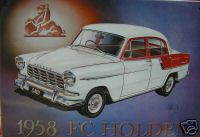
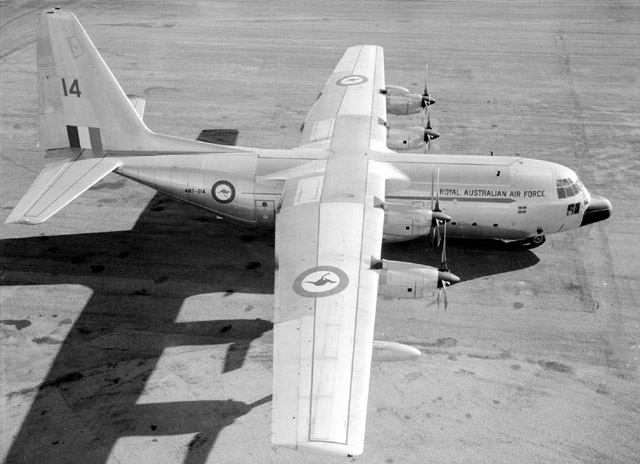
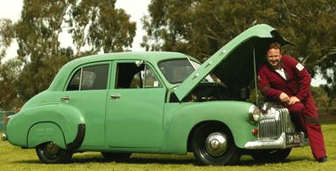
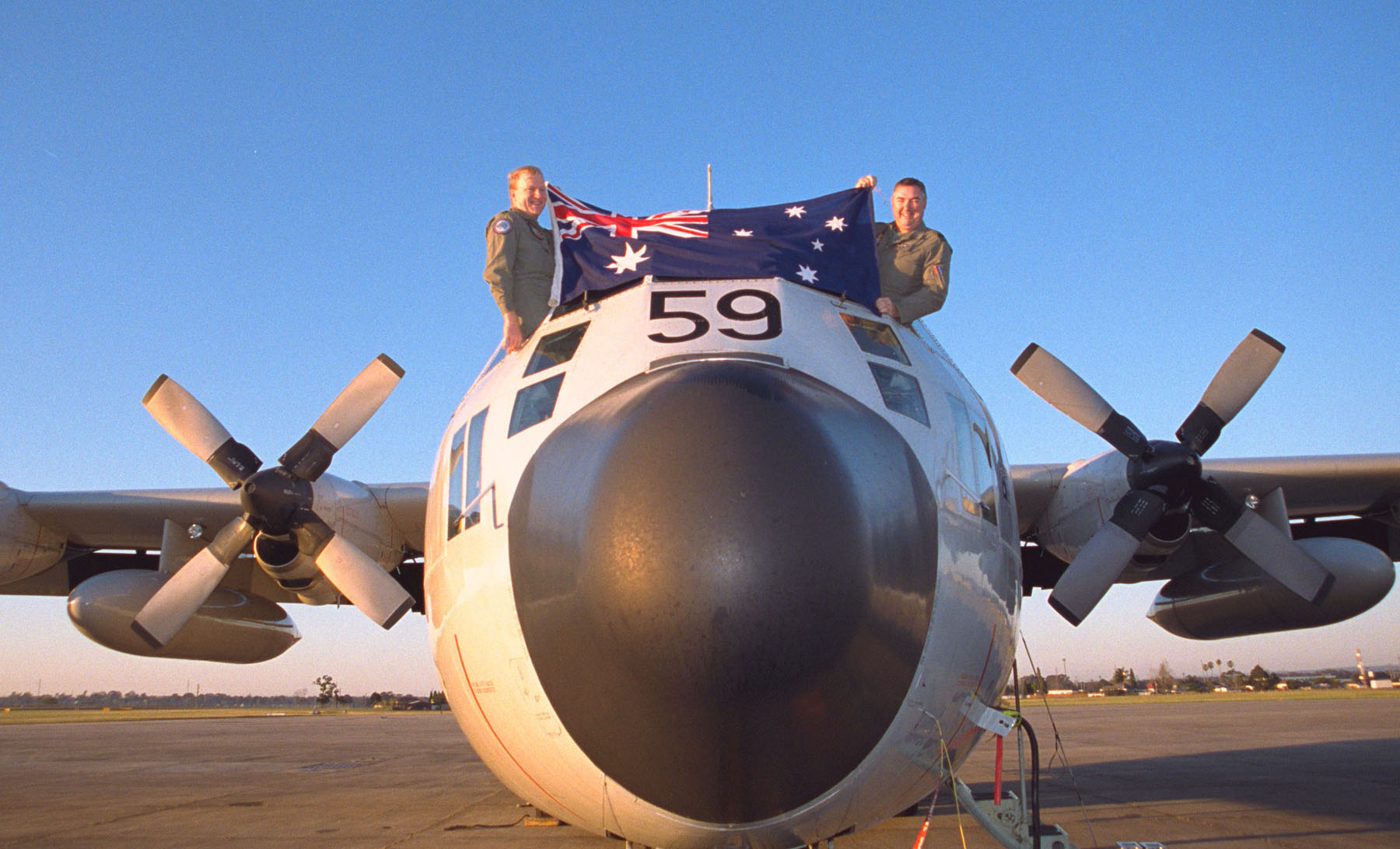
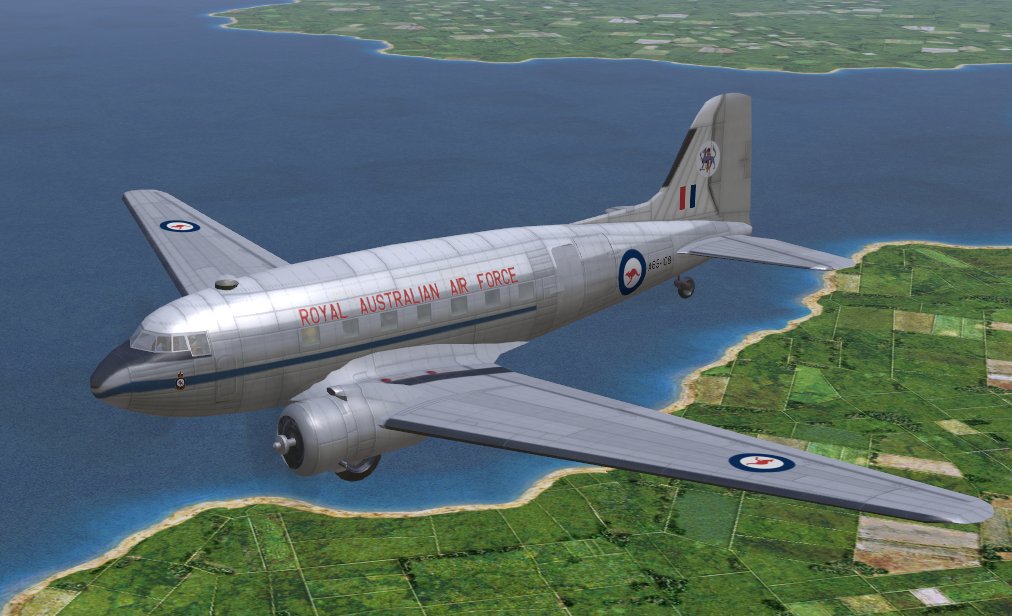 and moved to Richmond to take delivery of the 12 C-130A aircraft. The
powerful 56,500kg Hercules could fly twice as fast, higher and further
than the piston-engine Dakotas and could carry 100 troops, four times the
load of the 11,500kg Dakota.
and moved to Richmond to take delivery of the 12 C-130A aircraft. The
powerful 56,500kg Hercules could fly twice as fast, higher and further
than the piston-engine Dakotas and could carry 100 troops, four times the
load of the 11,500kg Dakota. 